How I'm trying to live a more solarpunk life
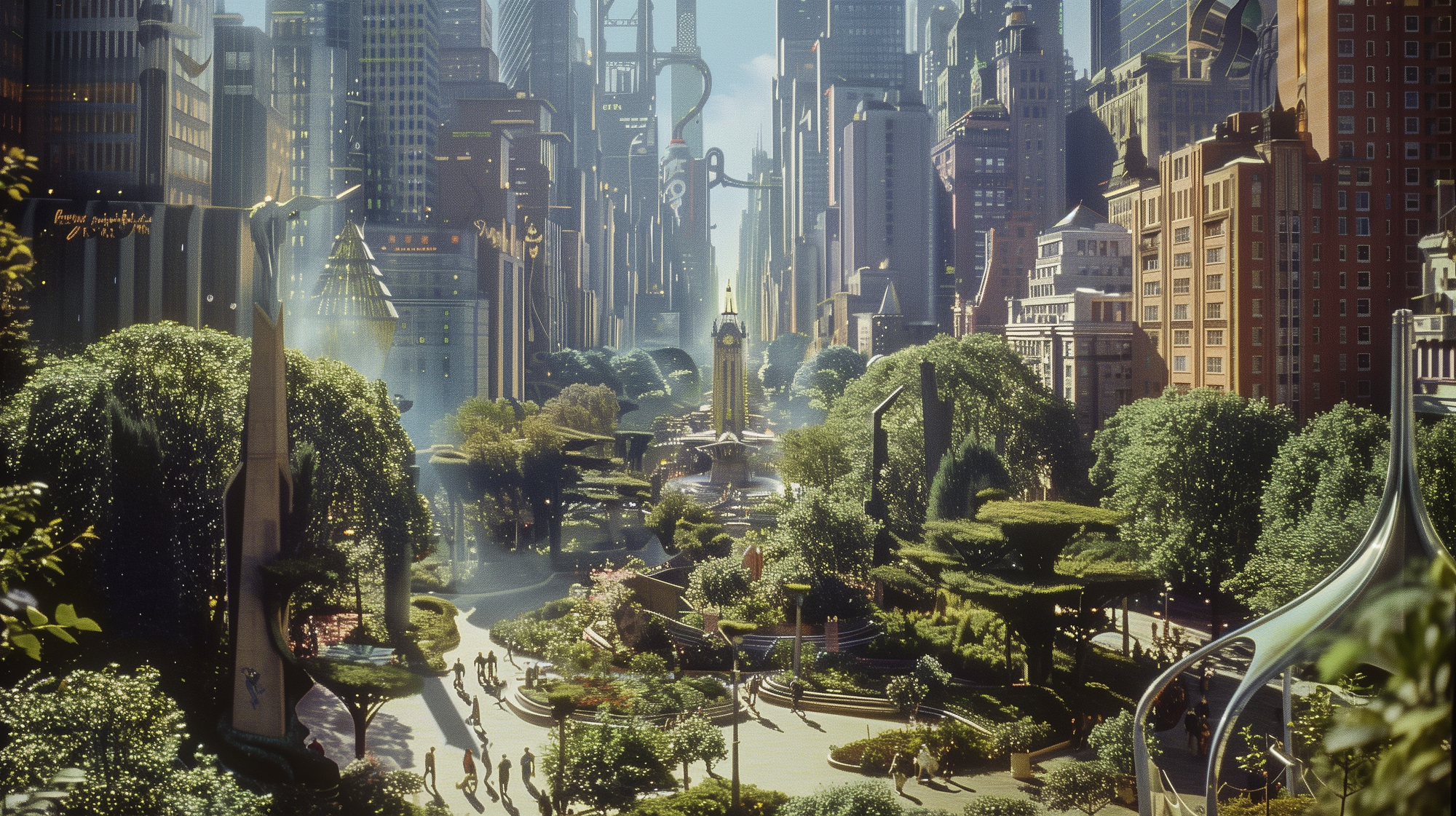
Many people have heard of cyberpunk, a sci-fi subgenre and design aesthetic. Cyberpunk worlds are usually high-tech, highly urbanized, and highly dystopian.
Fewer people know about solarpunk.
Solarpunk is cyberpunk's foil. In a solarpunk world, human technology and culture are seamlessly integrated with the rest of the natural environment. Solarpunk is all about renewable energy, biodegradable materials, clean air and water, product recycling and repurposing, bio-inspired technology, and sustainable use of natural resources.
I don't know about you, but I'd love to live on a solarpunk planet.
Because I care about many of the principles of solarpunk, I've tried to integrate several of them into my day-to-day life.
For me, this means prioritizing buying products that are used or made of sustainable materials, when possible. I also recycle and sell old products, rather than throw them away.
I'm not chasing eco-perfection or losing sleep over the definition of "sustainable." I'm not (yet) trying to live a 100% plastic-free life. I'm also not tossing out the stuff I own that isn't eco-friendly.
I'm simply trying to live a life more aligned with my values.
More natural and biodegradable clothing materials, fewer synthetics and plastics
When I purchase clothes, I try to buy items made with natural fibers like linen, cotton, and wool.
When I buy sneakers or dress shoes, I buy ones made of leather. I hope we see more 100% plant-based leather options soon.
Shopping this way doesn't have to cost a fortune.
My hand-crafted leather sneakers that were made with 100% natural waxes, water-based solvents, and dyes cost about $100 (multi-buy sale) at Beckett Simonon.
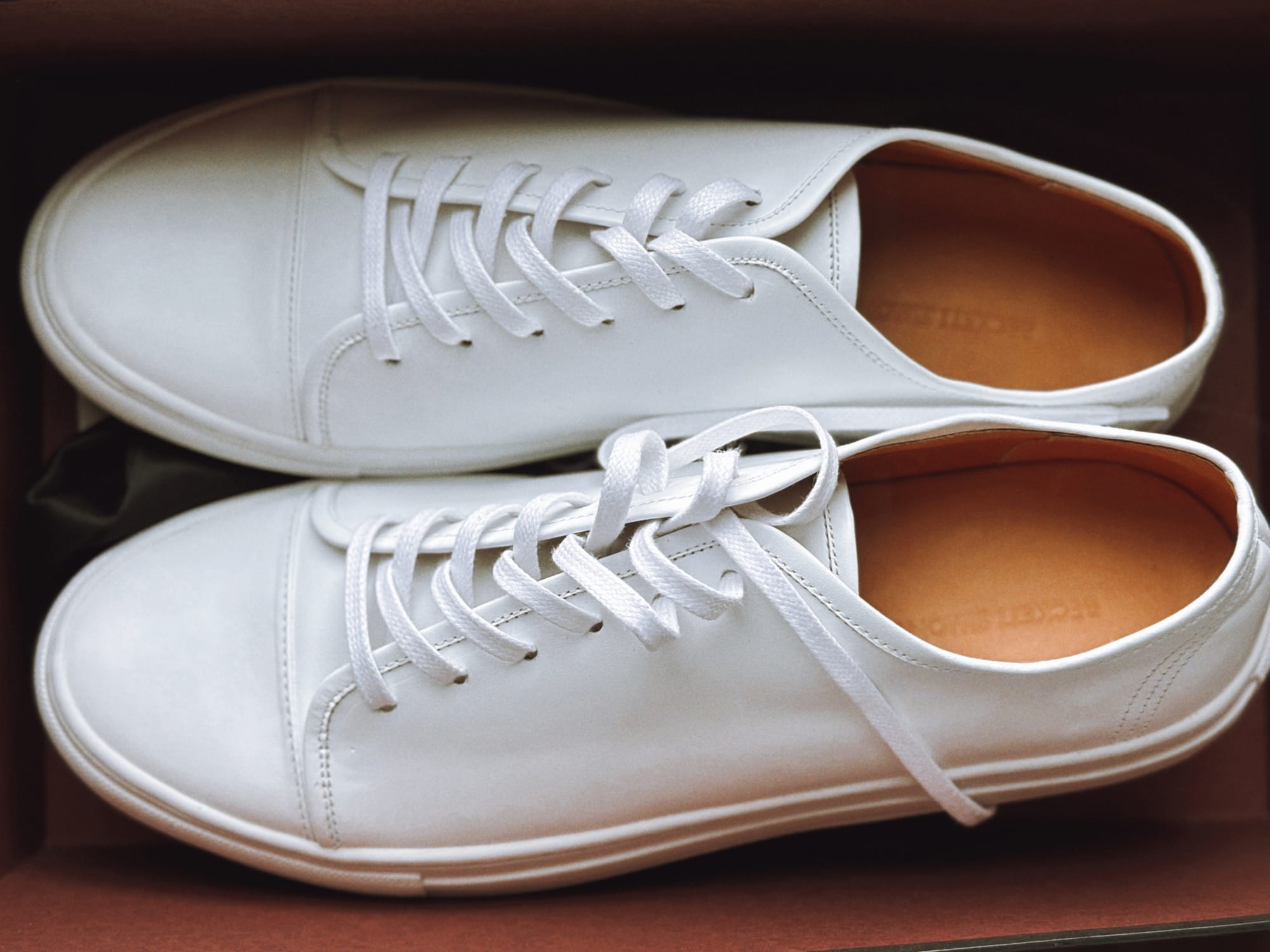
Fewer single-use and disposable plastic products
I used a razor with disposable plastic heads for over a decade. A couple of years ago, I switched to a German-made safety razor with stainless steel blades.
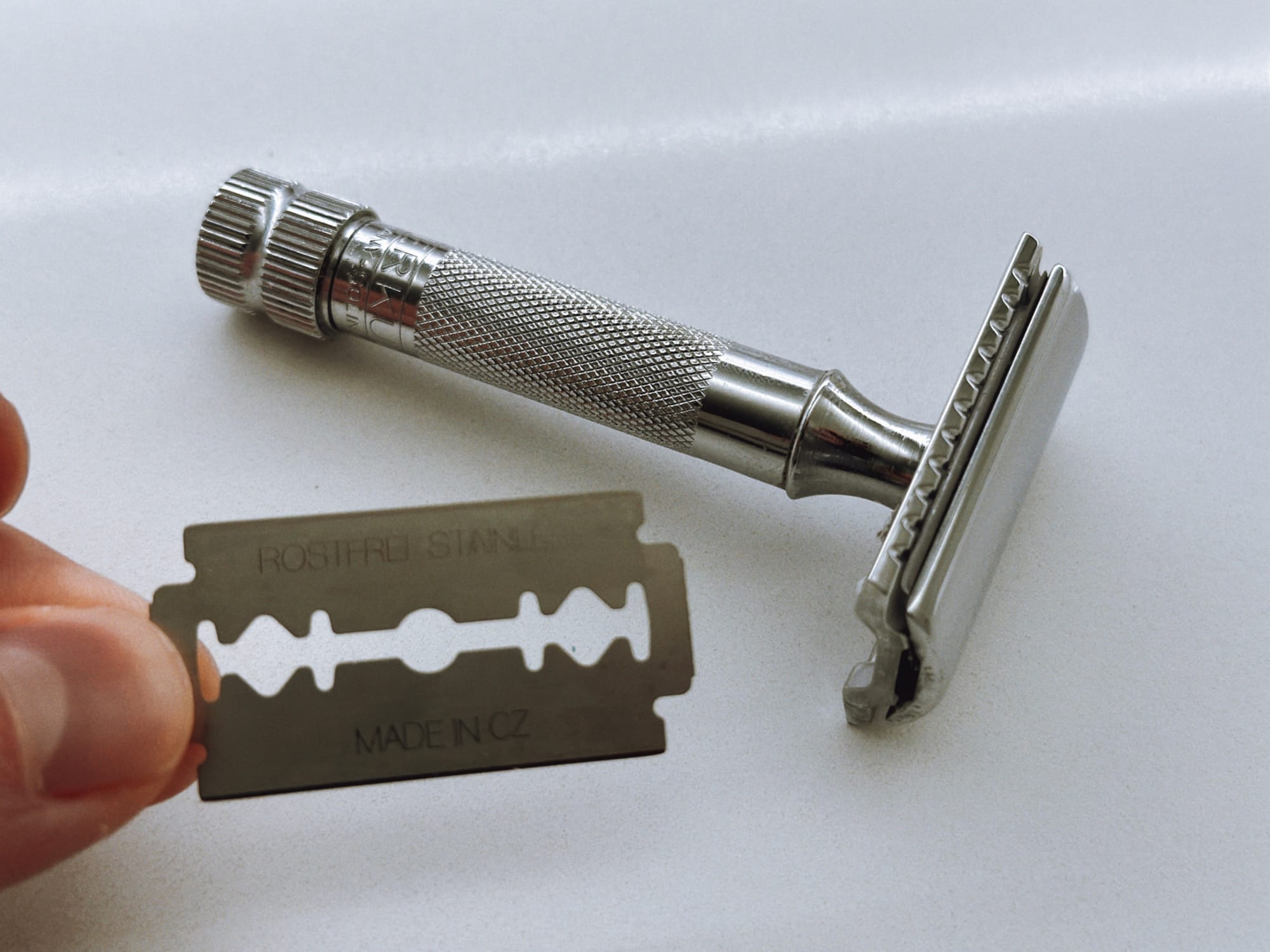
More organic whole foods and home-cooked meals
Several years ago, I became more health-conscious. I started to buy less processed food and cook more Mediterranean cuisine. I bought several used cookbooks with classic recipes from places like Sardinia and Ikaria.

More glass food containers, stainless steel cookware, and wooden cooking utensils
I've slowly been transitioning my kitchen from plastic products to glass, stainless steel, and wood. In addition to the environmental benefits of using products made from these natural materials, I get to consume fewer microplastics.
Most of my pots and pans are now stainless steel and made in Belgium by Demeyere.
I've also enjoyed using Weck glass jars to store ingredients and leftovers.

More analog tech, fewer cutting-edge digital products
Choosing to buy an old used analog device, instead of buying a brand new digital gadget, seems pretty solarpunk.
I love old analog devices, especially film cameras. They often have an authenticity that modern digital products lack. Analog devices force you to slow down and be more thoughtful about what you are doing.

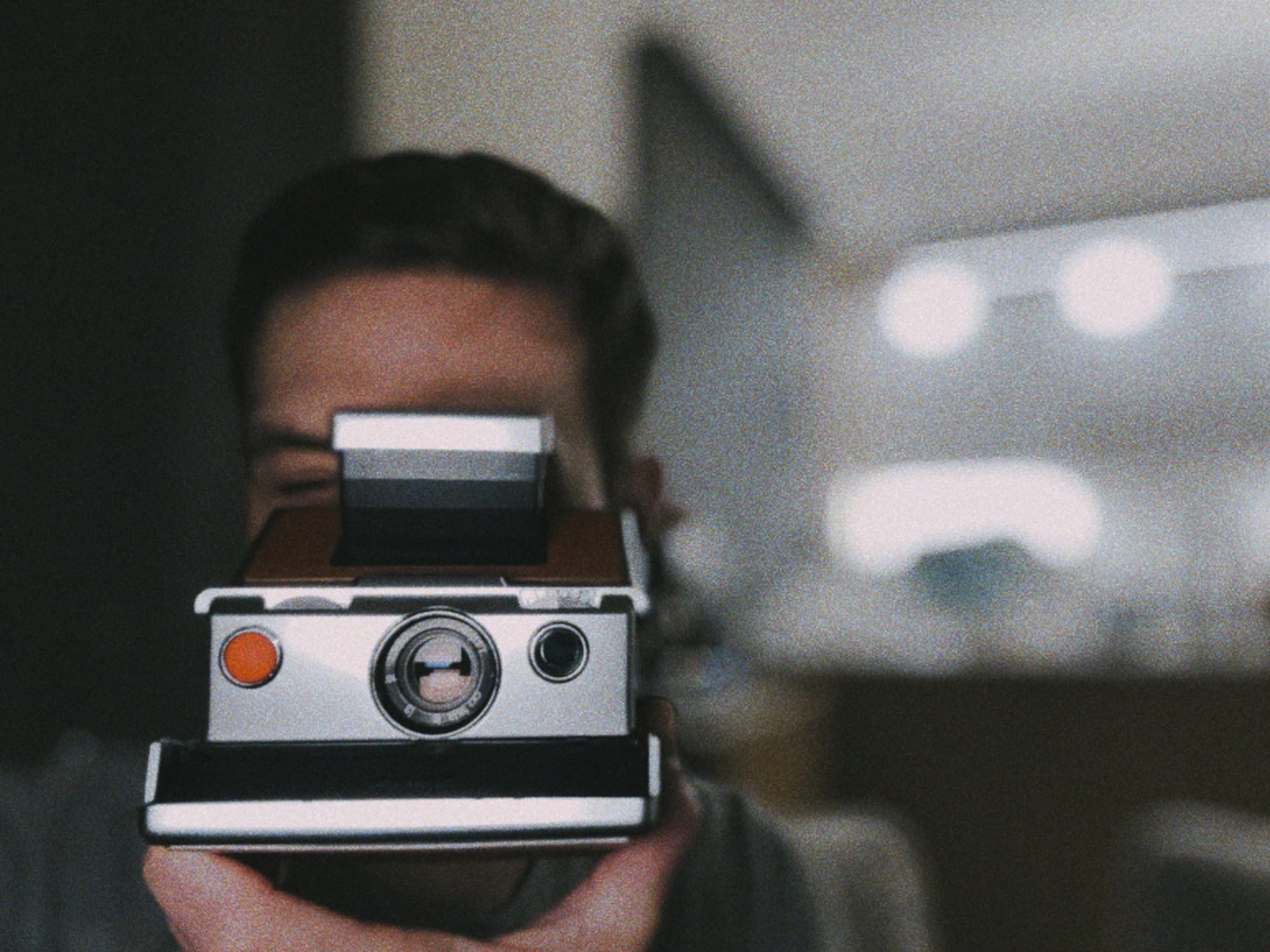
Another analog device I own is a record player. I like that I naturally get to listen to full albums by playing LPs.
Although streaming might be the most environmentally friendly way to listen to music, buying used LPs on Discogs – including some great Japanese city pop that's unavailable on Spotify – still feels solarpunk.

More walking, less driving
In mid-2021, I sold my 2006 Mazda Tribute and went carless.
I'm lucky; it's not that hard to live car-free in Washington, DC.
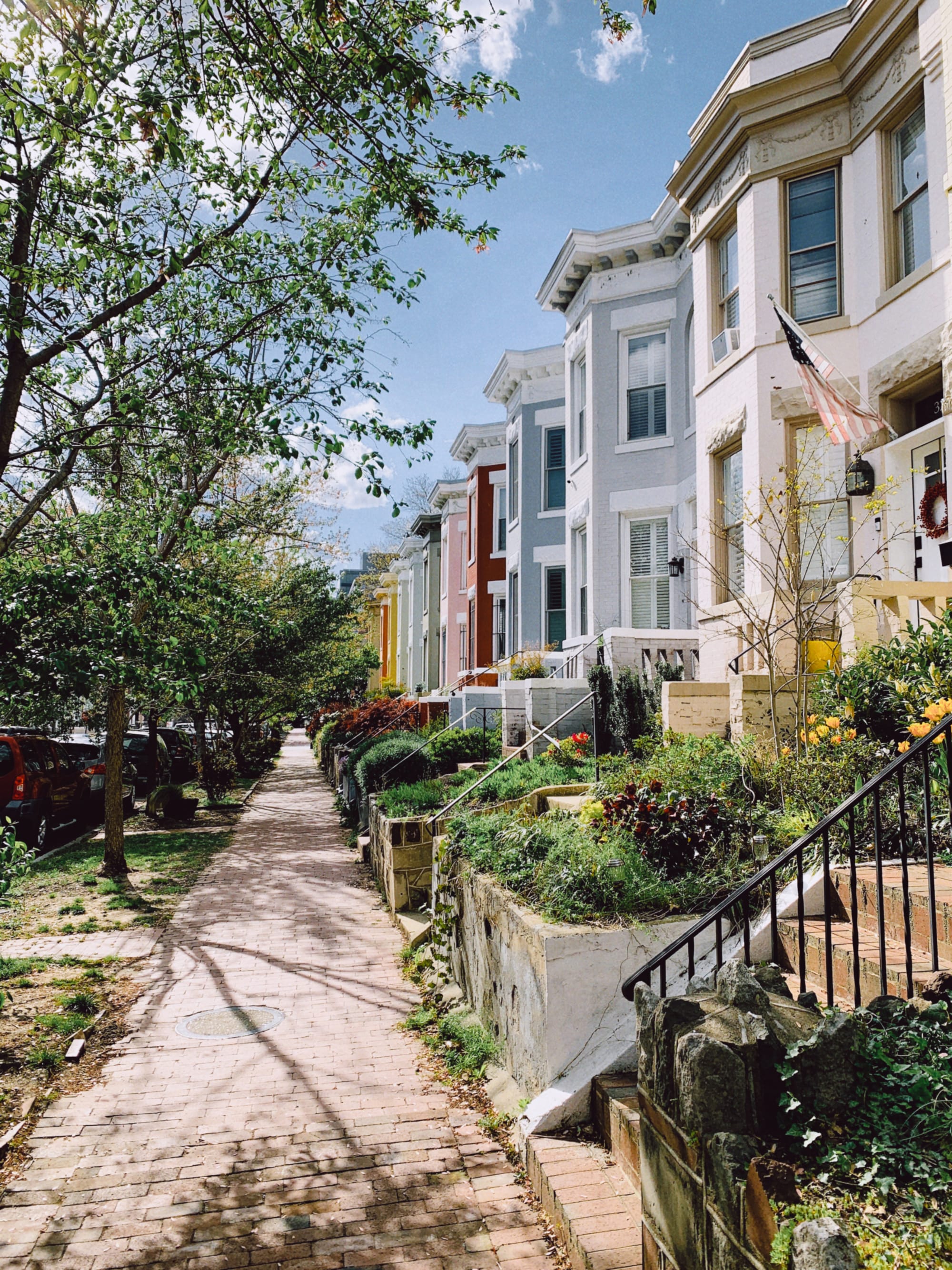
There are three grocery stores, five cafes, a pharmacy, a dry cleaner, two bakeries, dozens of restaurants, and a metro stop within a fifteen-minute walk of the apartment I rent.
Commuting to the office downtown takes about the same time by metro as it does in a car.
The main downside to not owning a vehicle in DC is that you can miss out on a lot of great day trips outside the city – from kayaking in Shenandoah and hiking near Harpers Ferry to eating at amazing Vietnamese restaurants in Eden Center and Korean restaurants in Annandale.
When I do buy a car again, I plan to purchase an EV. EVs are emission-free, but are they 100% eco-friendly? No, they are currently made with lots of plastic, the batteries use rare-earth minerals, and the electricity they consume is often produced with coal. Are all of those problems being addressed? Yes, but slowly. From a practical standpoint, I look forward to less routine vehicle maintenance; goodbye oil changes.
Fewer new books, more used books
When I want a specific book, I try to find a used copy somewhere like Thriftbooks. I also gift books to friends and family when I read one I think they would enjoy.
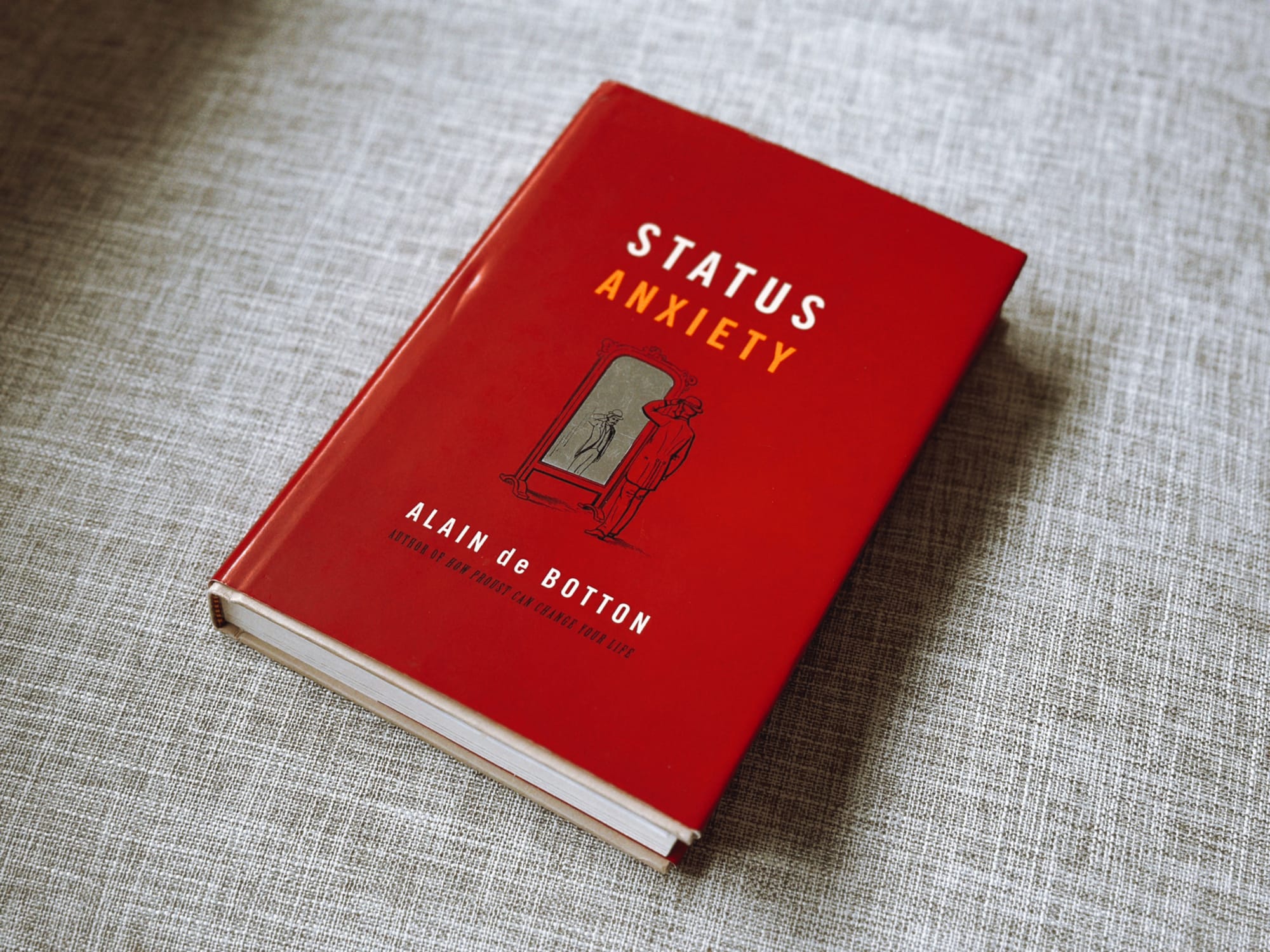
More trade-ins when upgrading old tech
The Samsung earbuds I bought in 2020 stopped holding a charge for a full workday. When I replaced them with a newer version of the same product – the Galaxy Buds2 Pro – I recycled my old ones and received a $75 trade-in credit.
Similarly, when I purchased a new Apple laptop, I returned my old one for recycling.
I might do the same with my 2013 Sonos speakers sometime soon.

